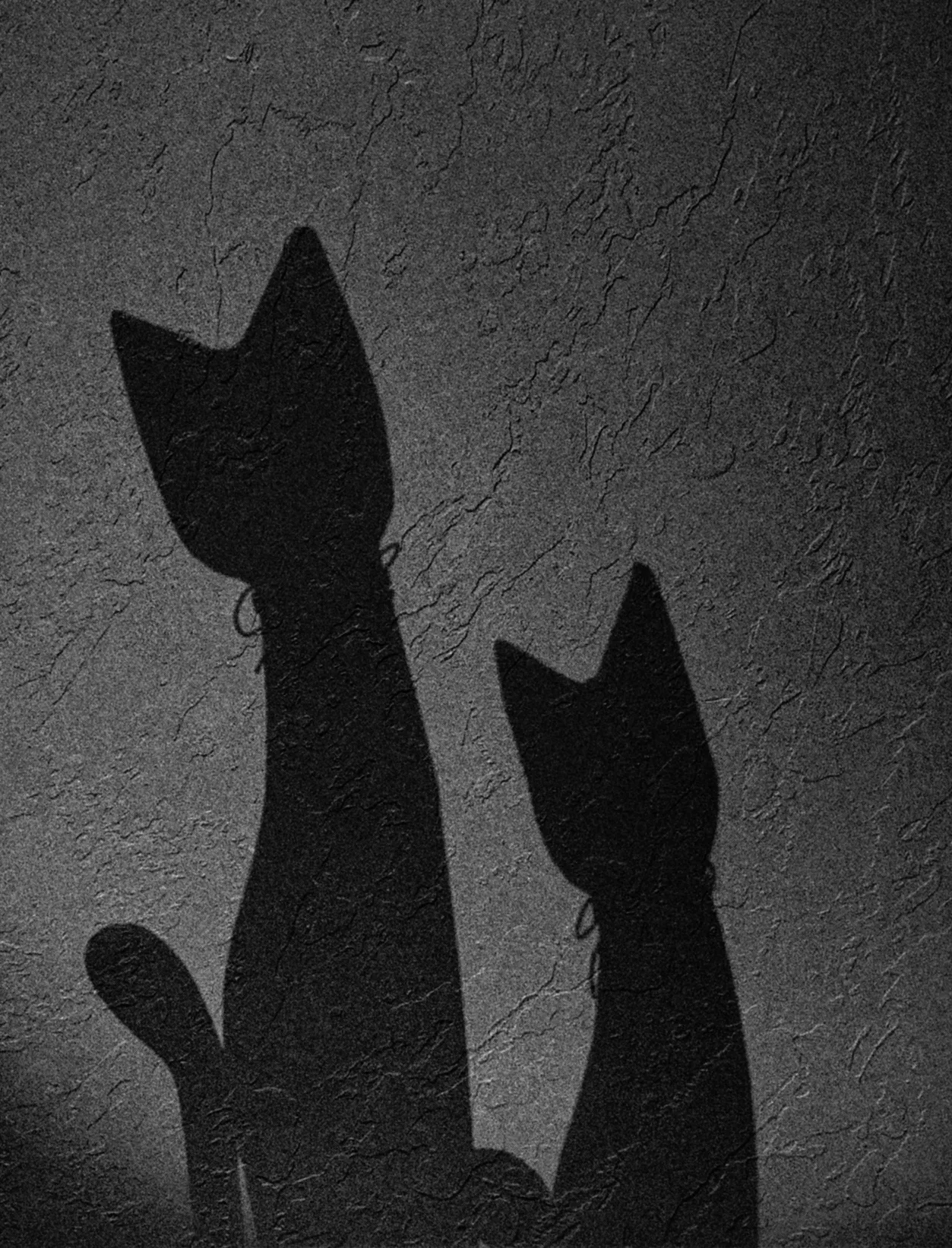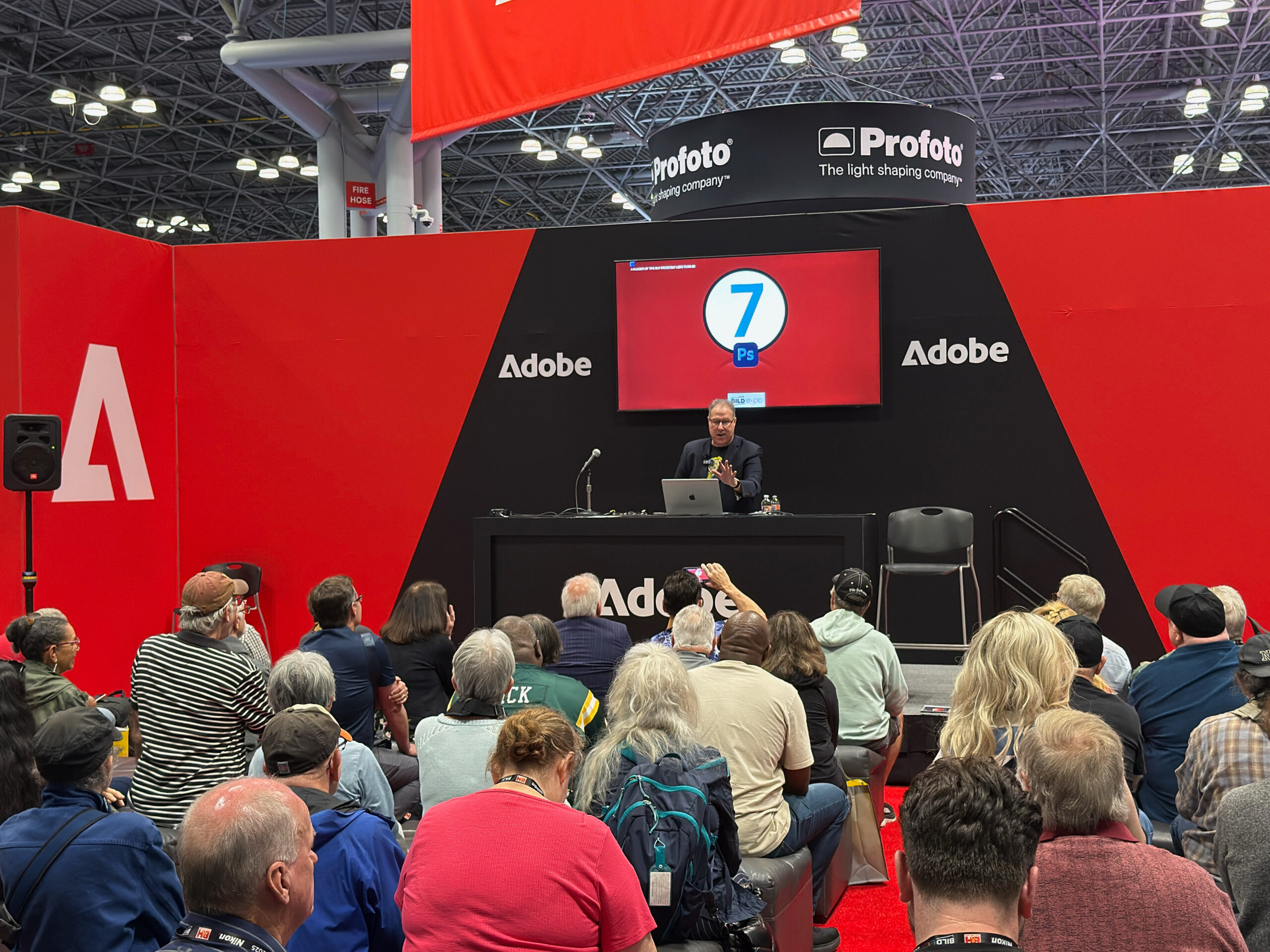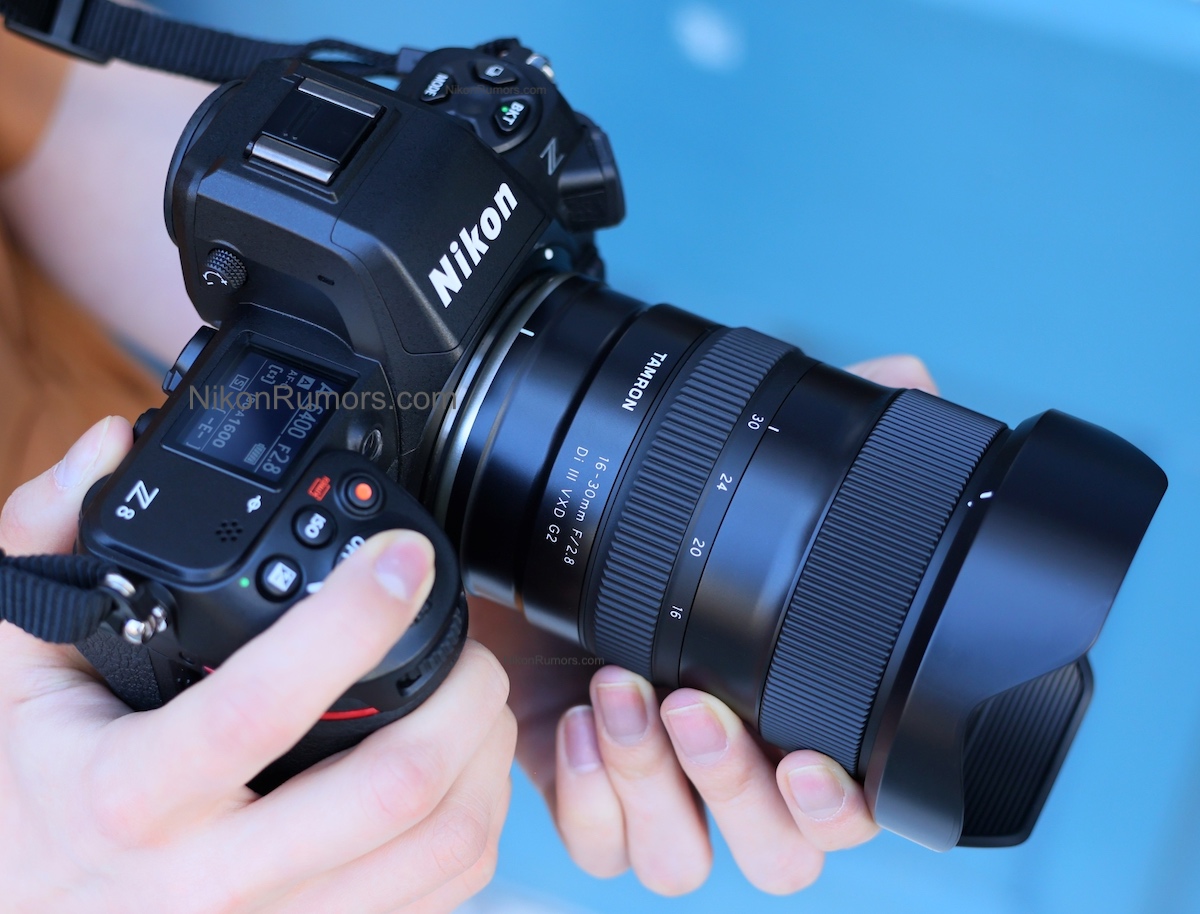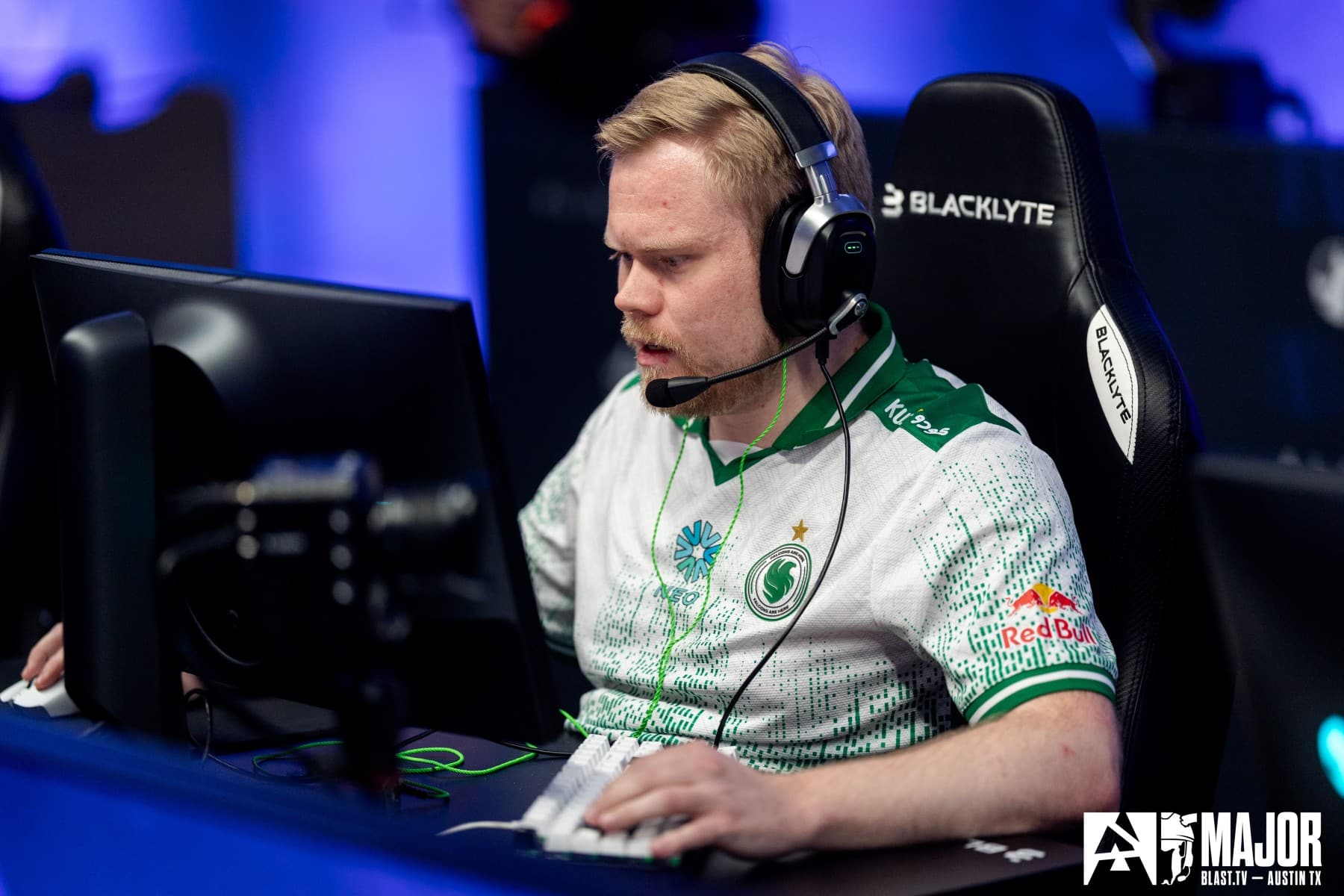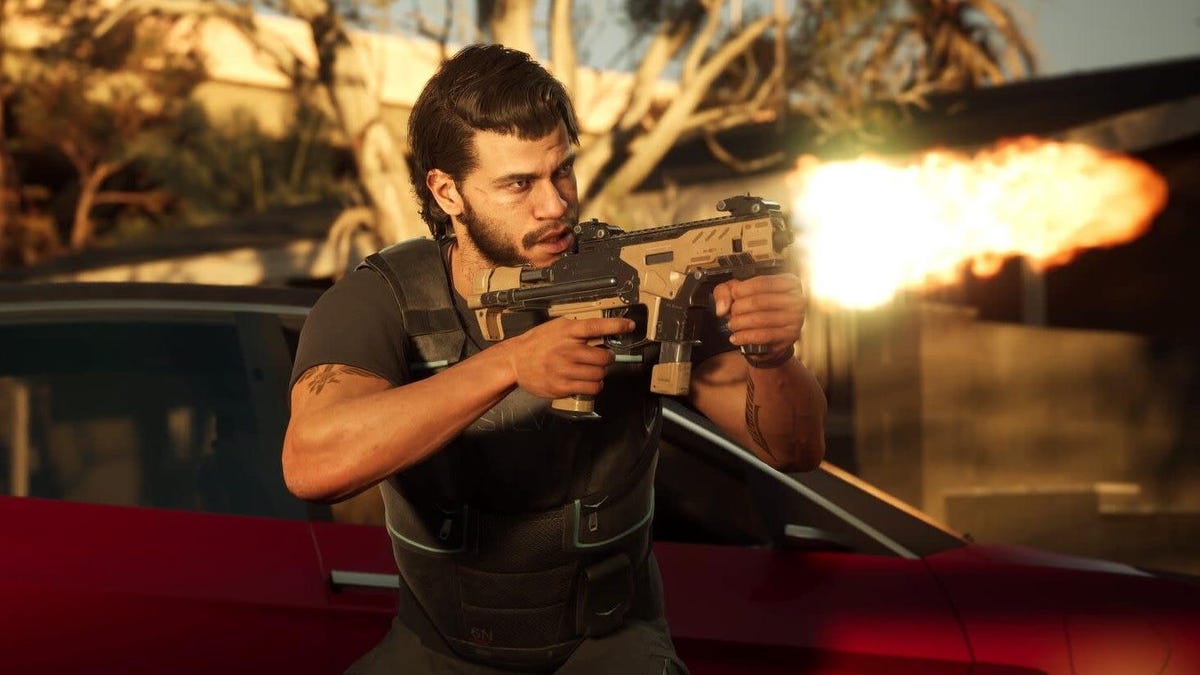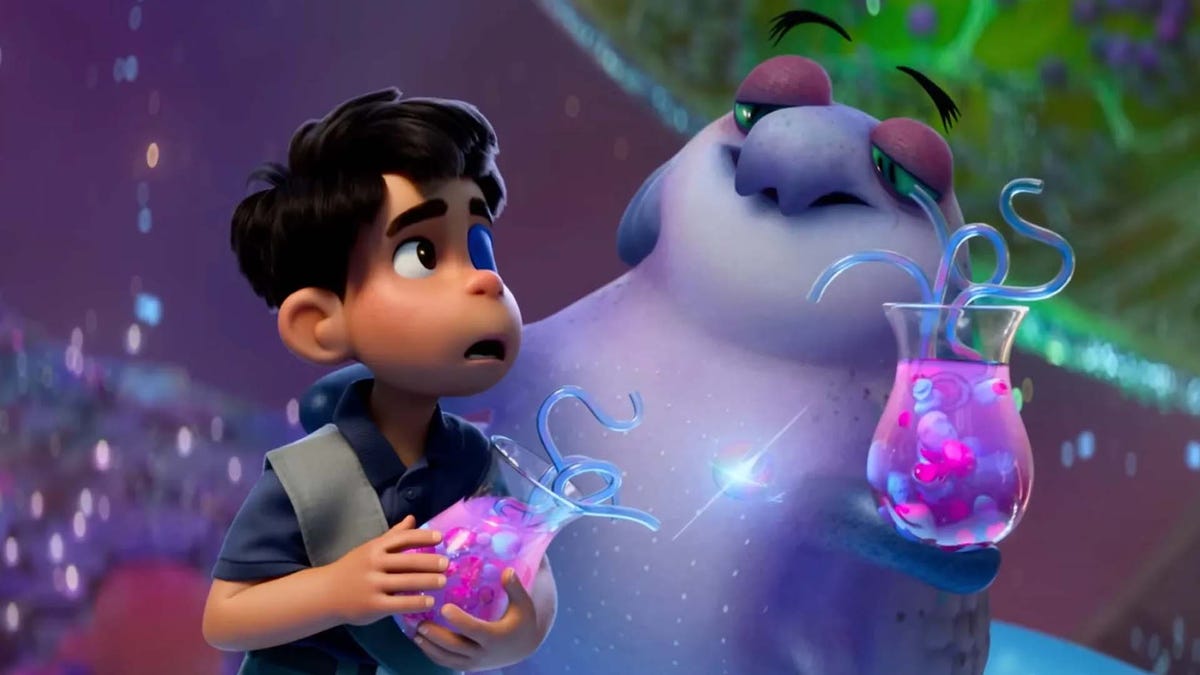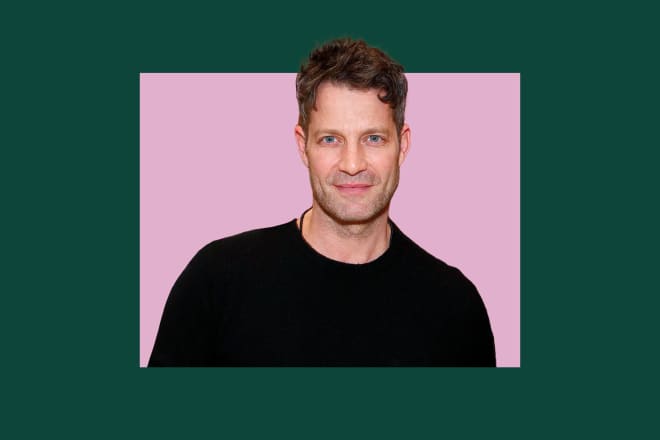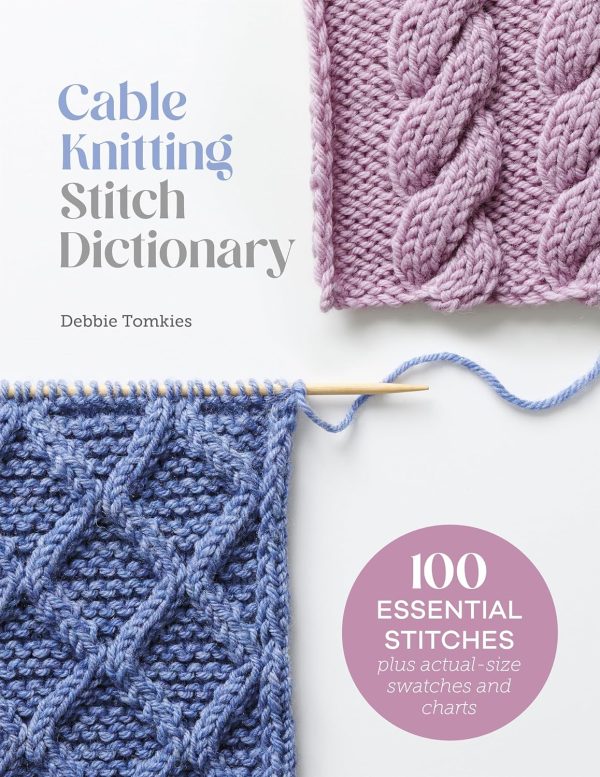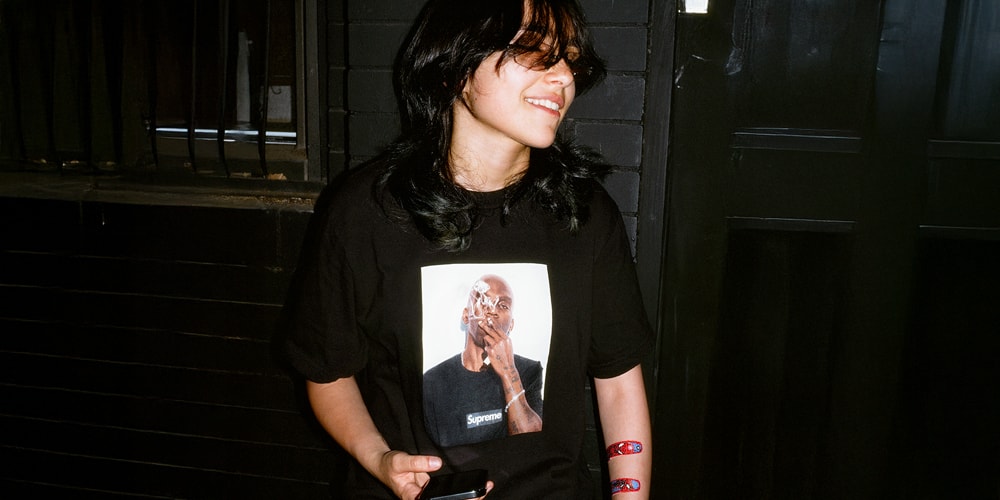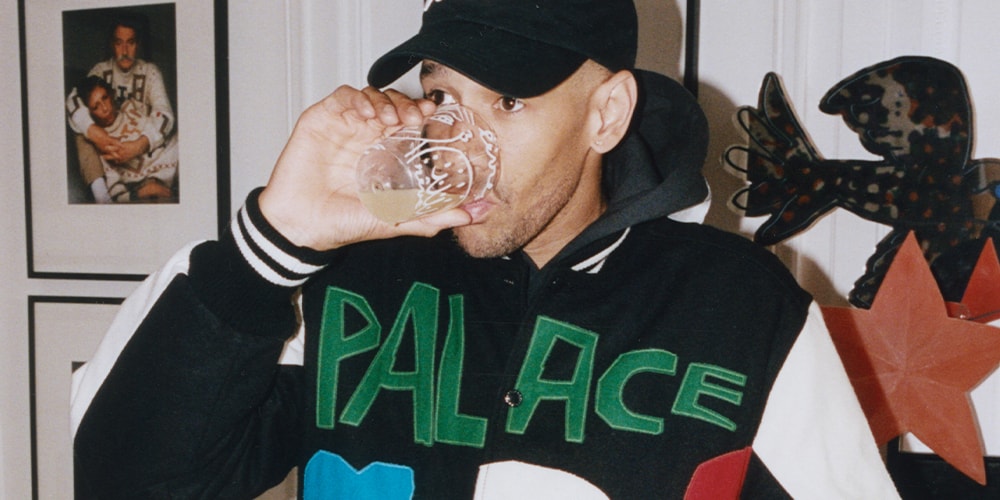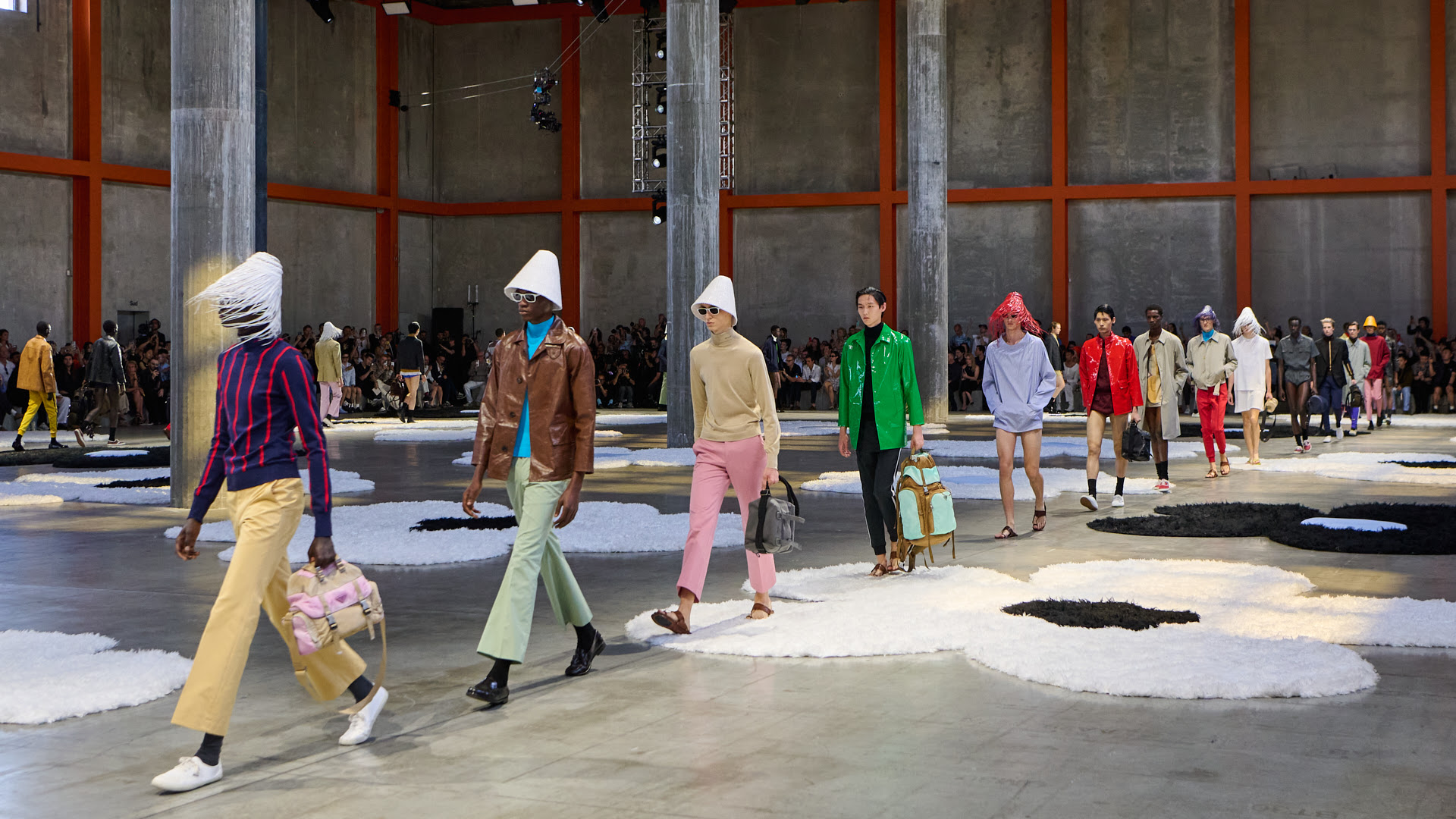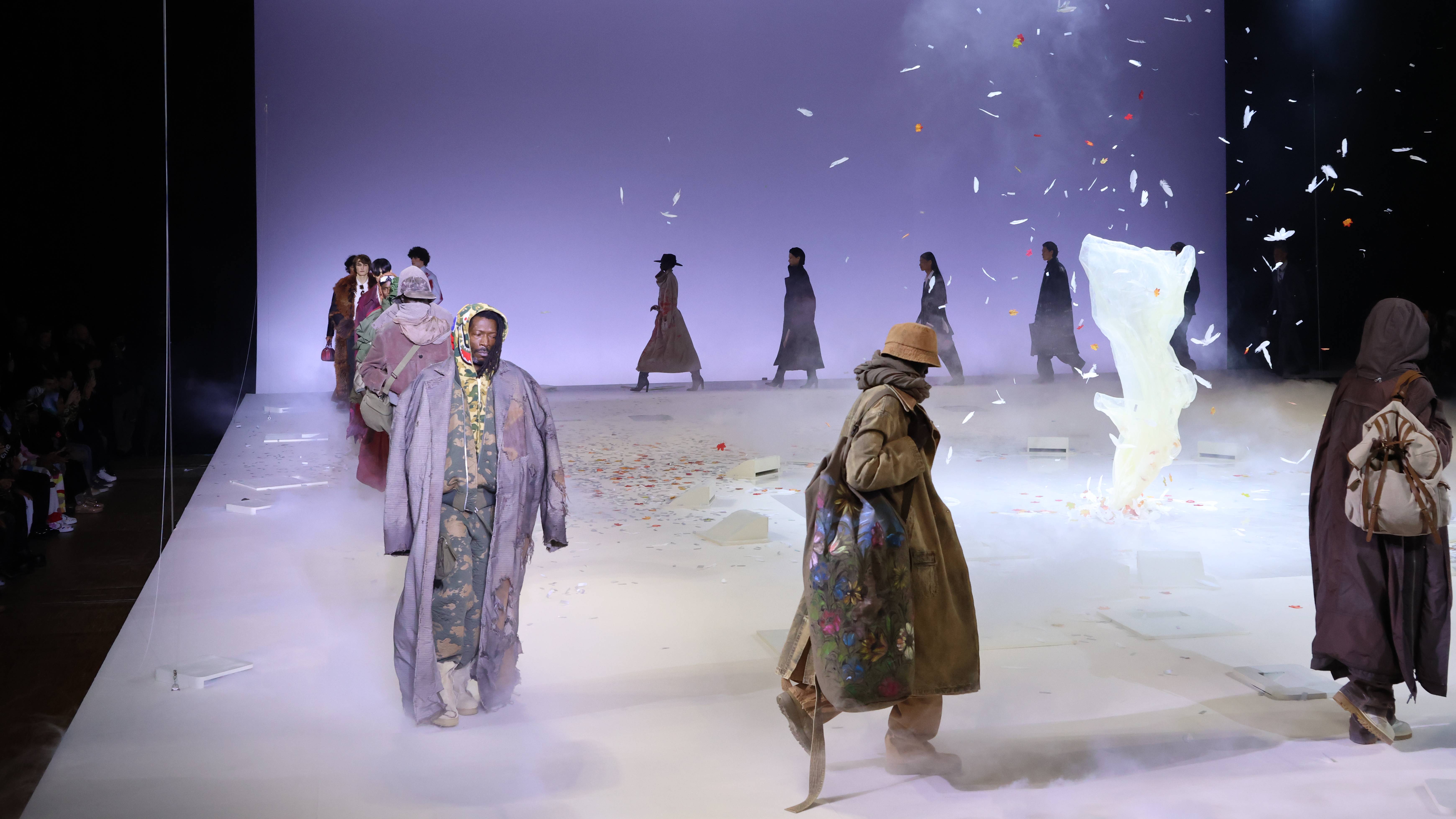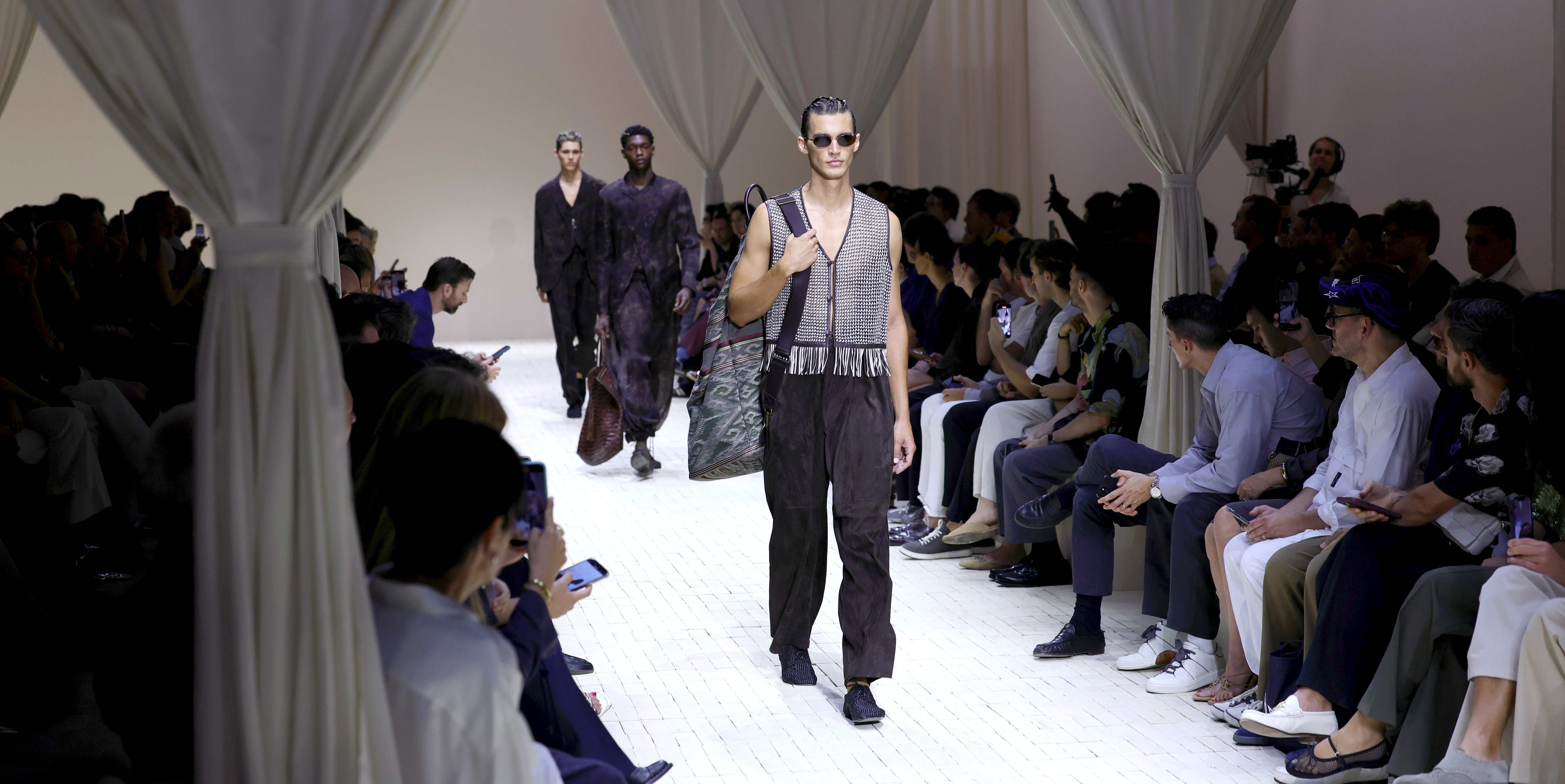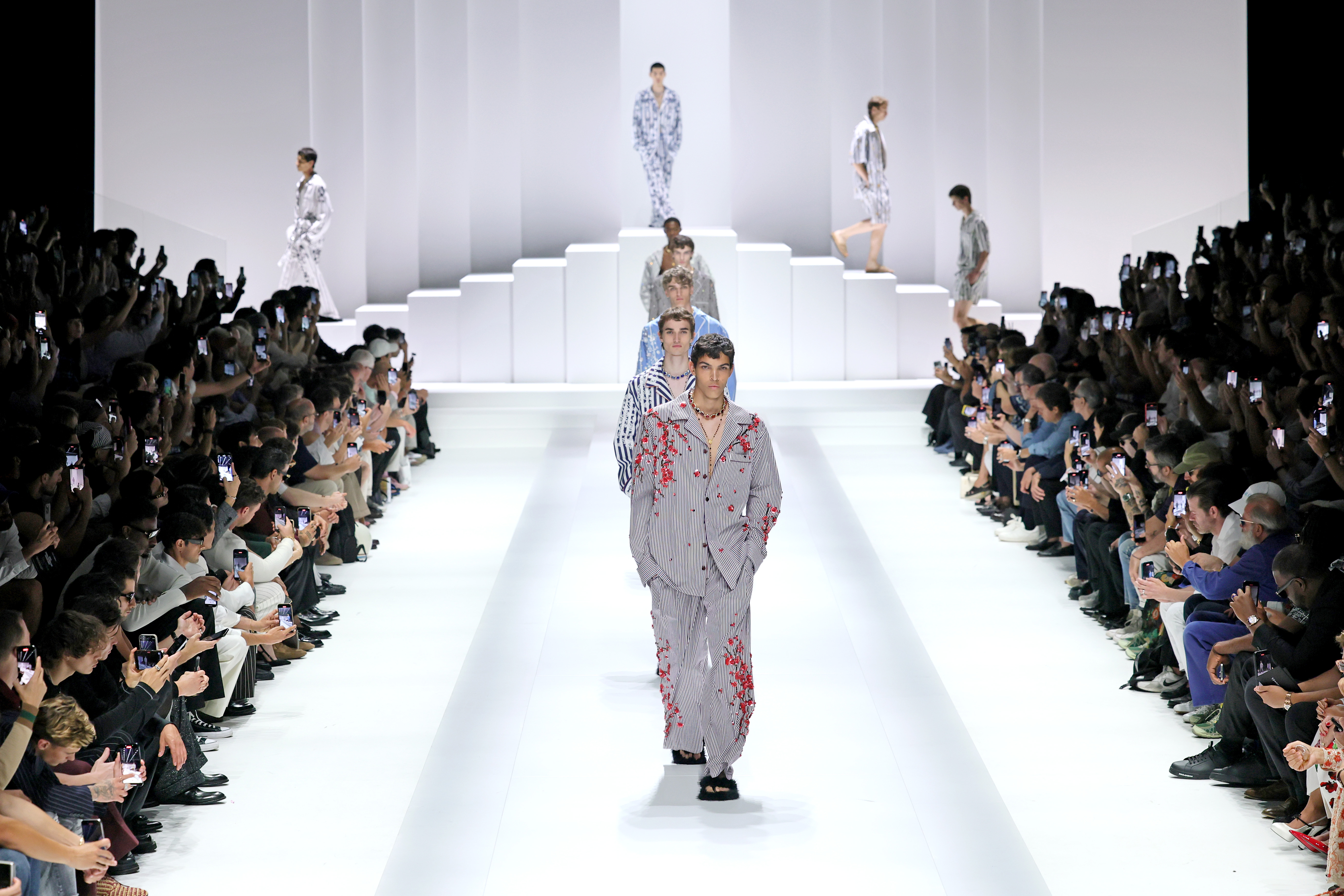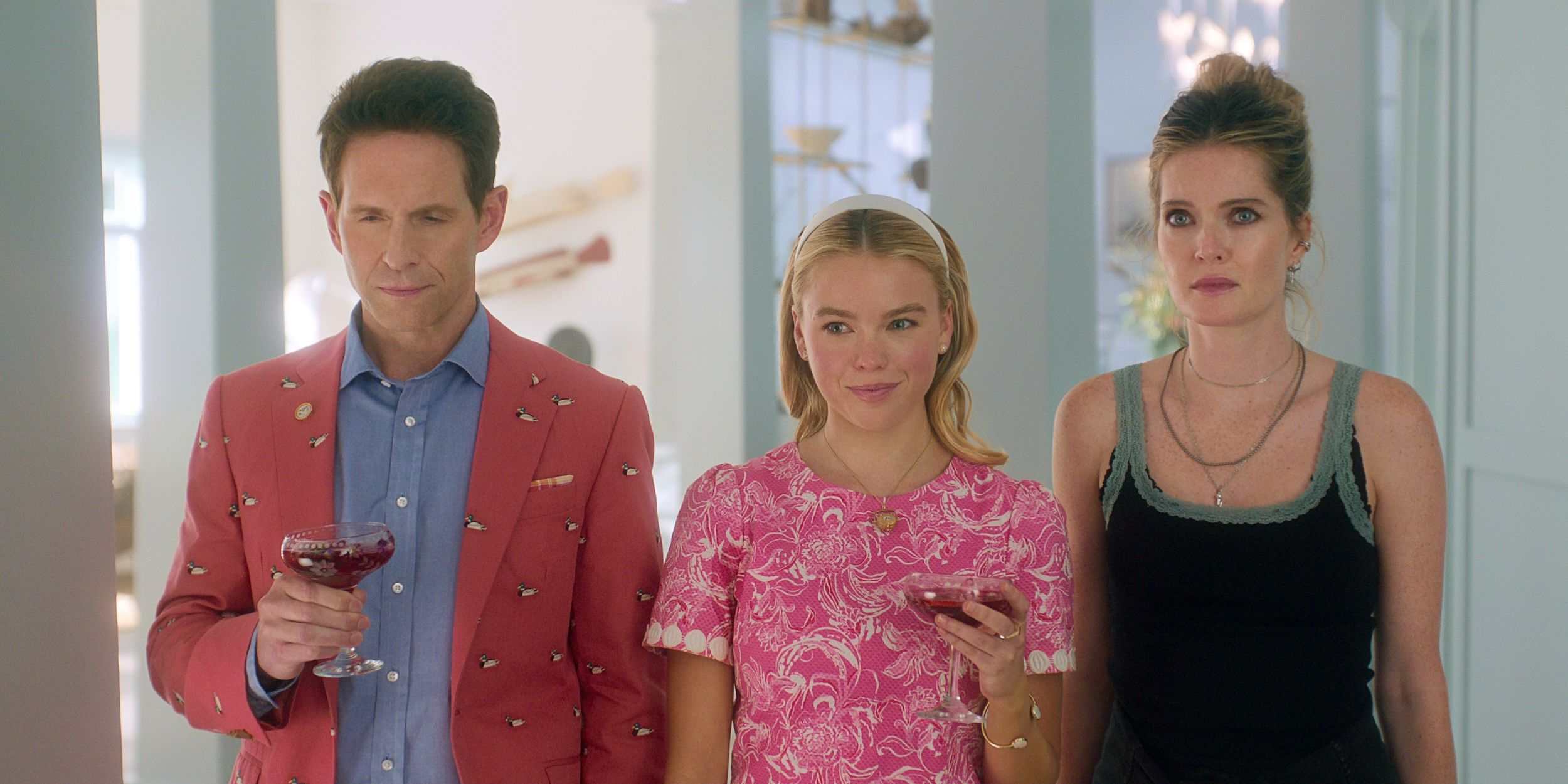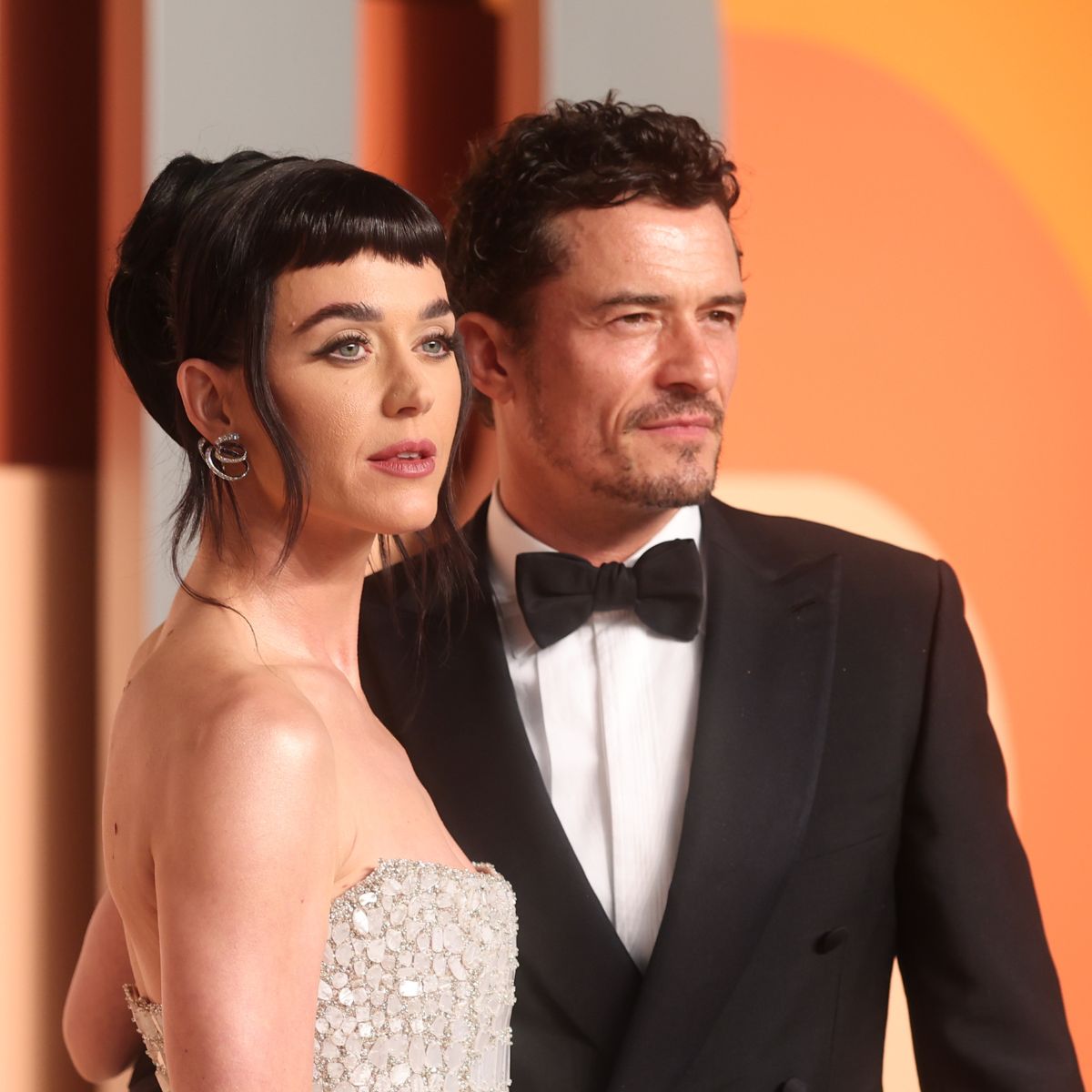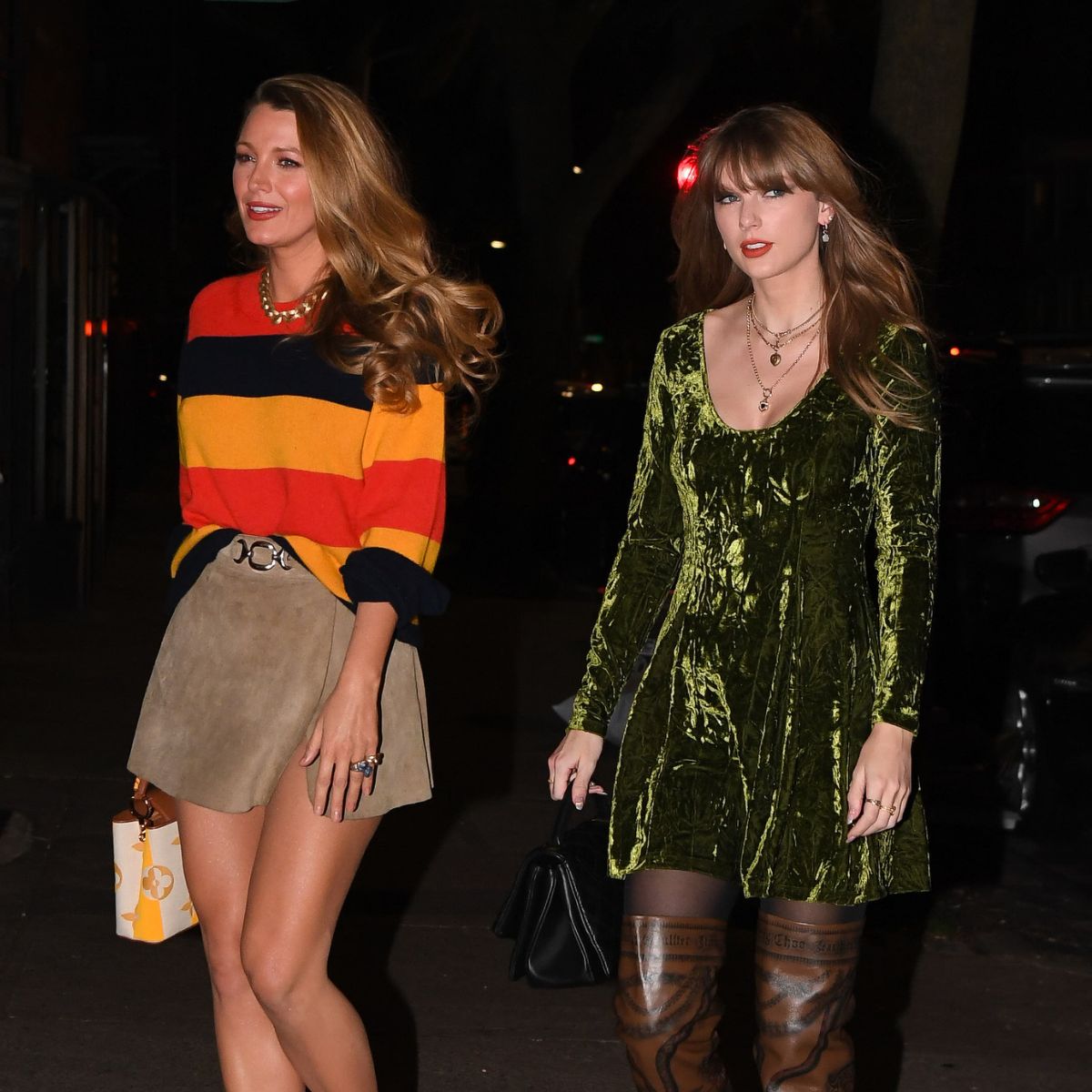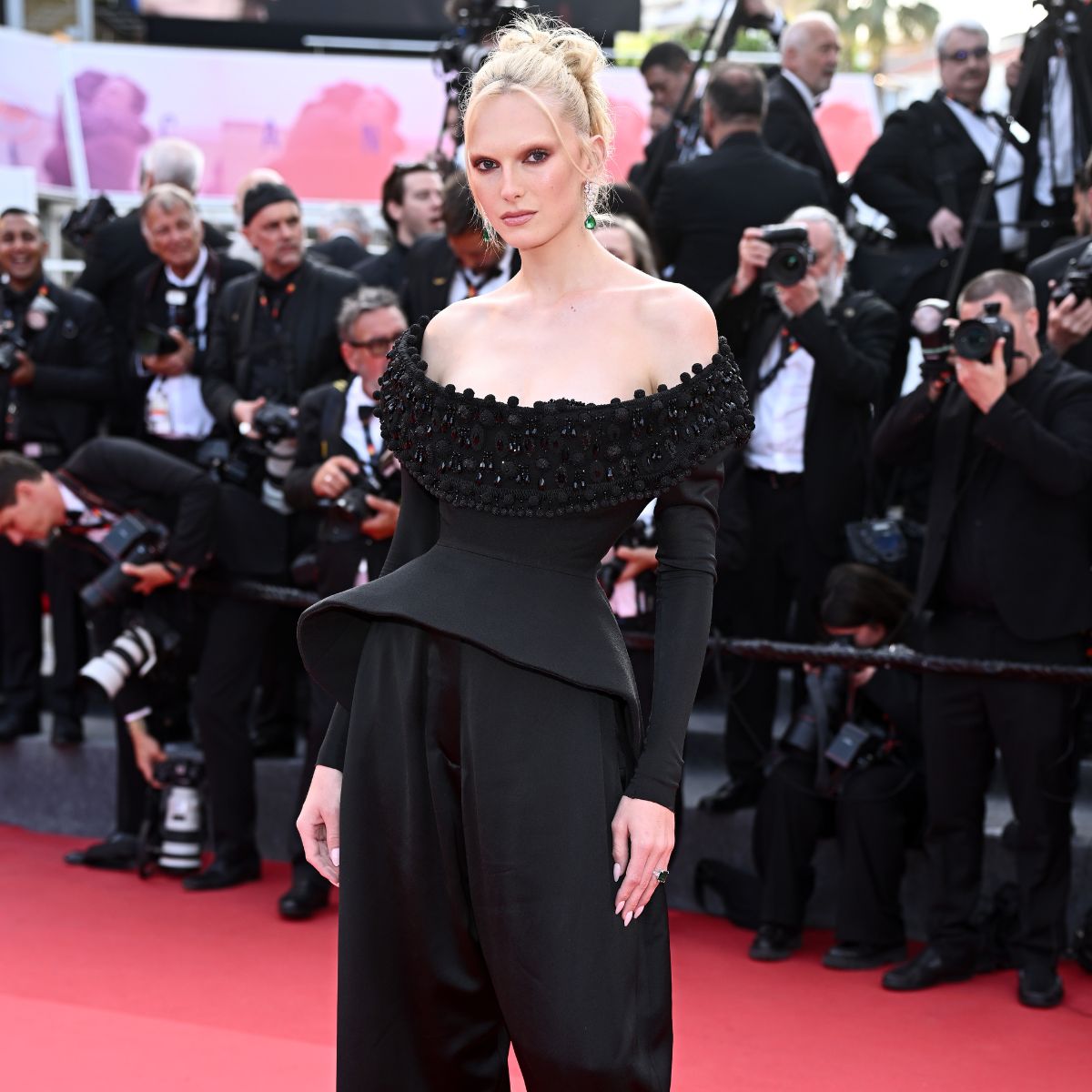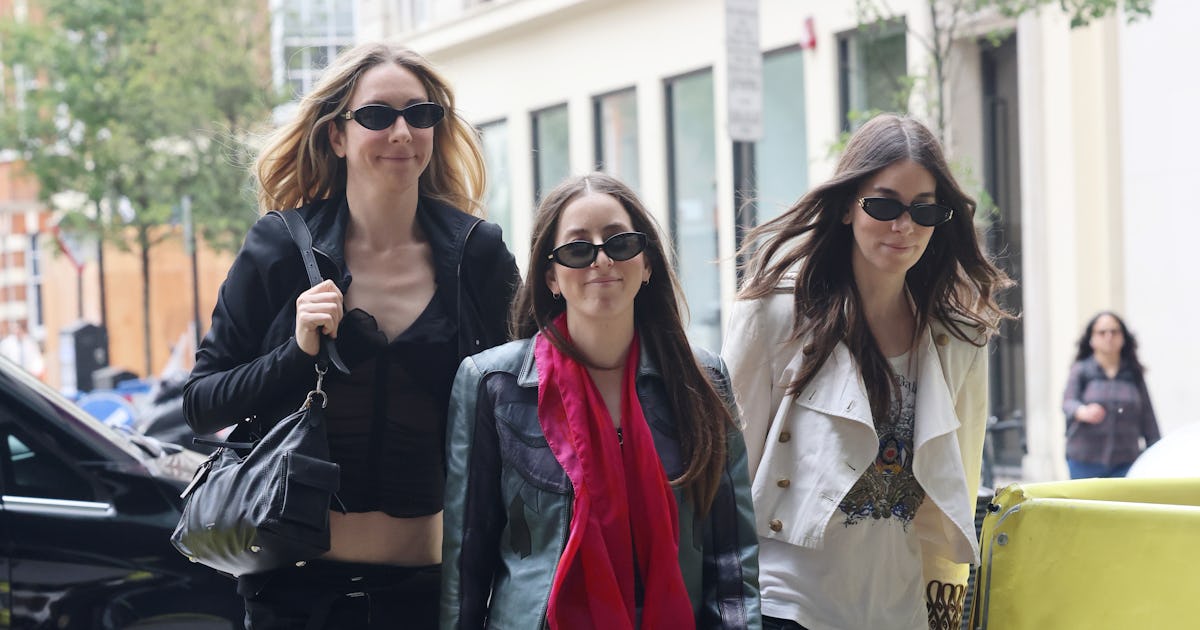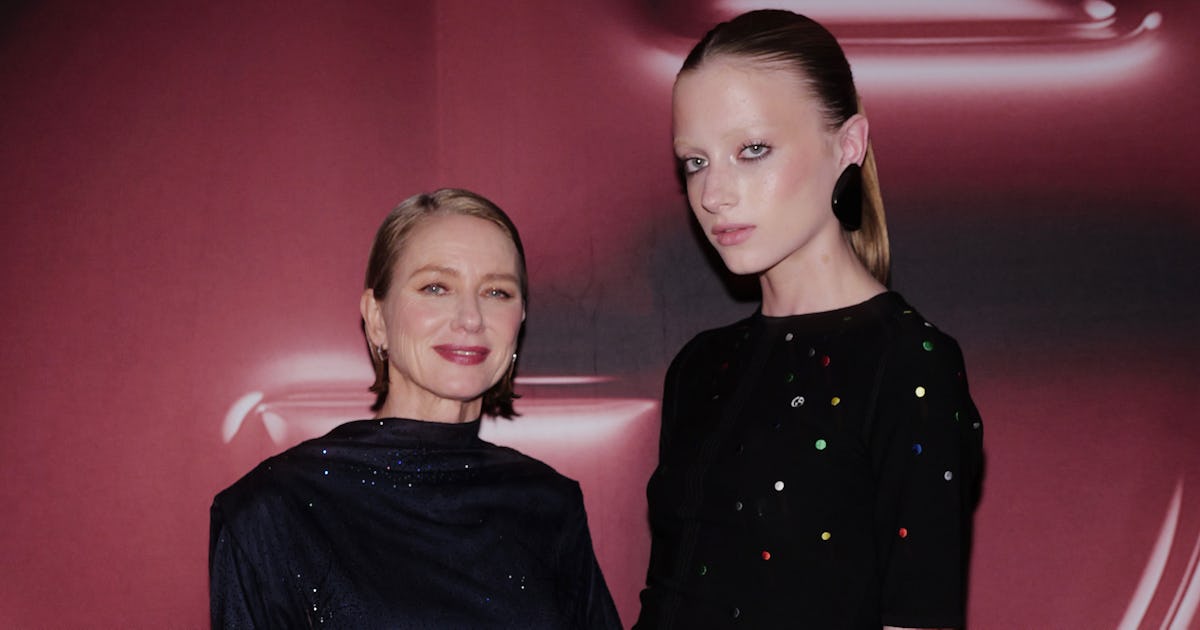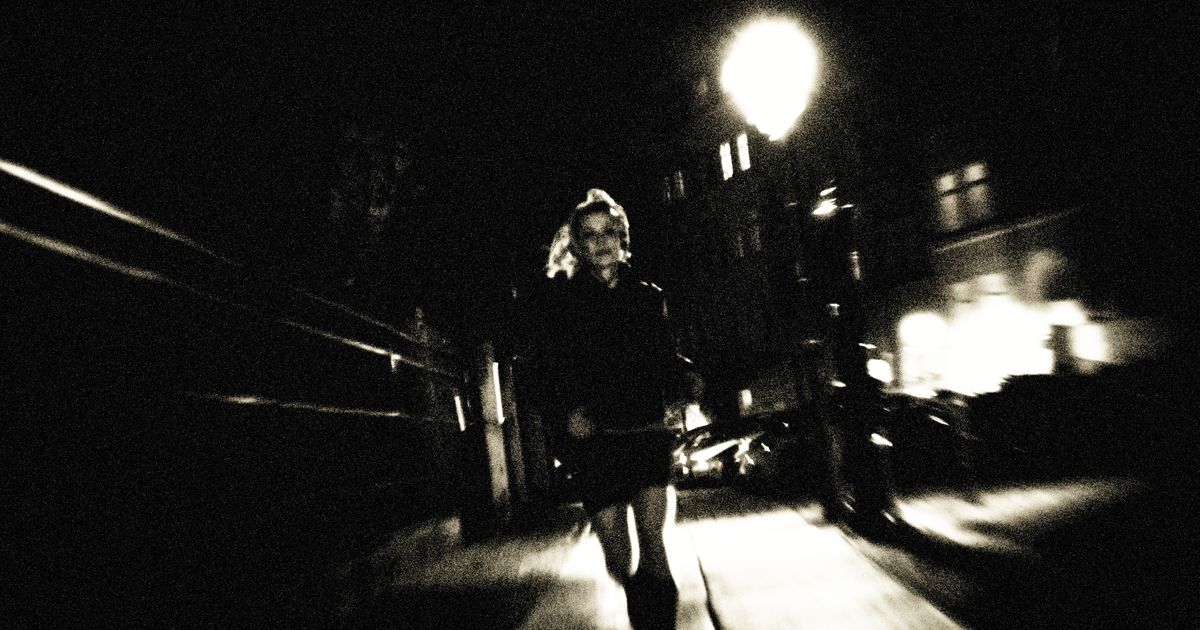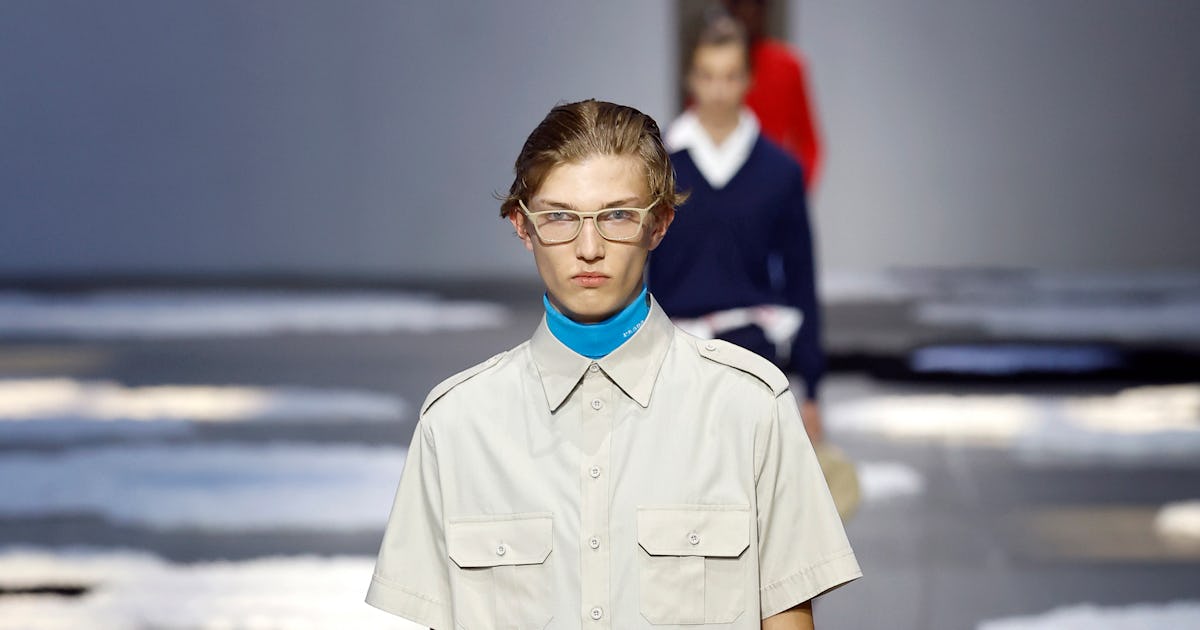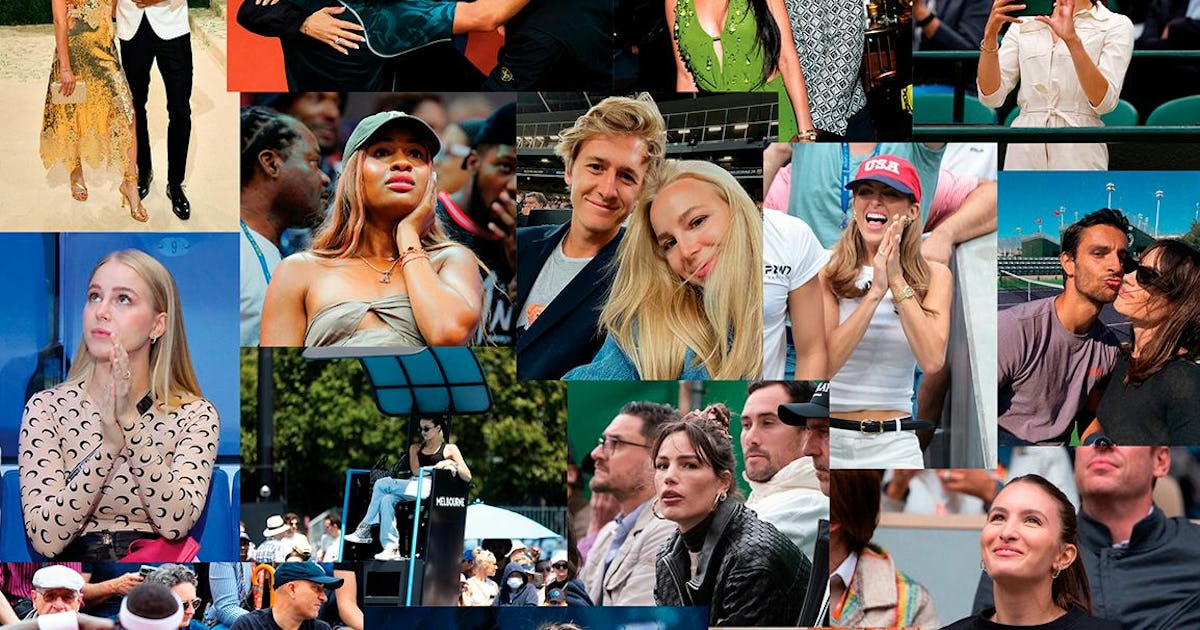The reason new Pixar doesn’t always feel like old Pixar
The new Pixar movie Elio maintains the animation studio’s house style. It has elements of buddy comedy, with an 11-year-old human boy befriending a sweet-natured alien; it deals with complicated coming-of-age emotions reminiscent of later-period Pixar movies like Coco, Turning Red, and Luca; it whisks audiences away to a whimsically animated and eye-pleasing new world, […]


The new Pixar movie Elio maintains the animation studio’s house style. It has elements of buddy comedy, with an 11-year-old human boy befriending a sweet-natured alien; it deals with complicated coming-of-age emotions reminiscent of later-period Pixar movies like Coco, Turning Red, and Luca; it whisks audiences away to a whimsically animated and eye-pleasing new world, in this case a vast spaceship where denizens of far-flung planets keep representatives to govern the galaxy in peace. It is, by and large, quite charming, and beautiful to look at.
It also feels, at times, disjointed and distracted, perhaps due to reported mid-production tinkering. But this kind of tinkering and reworking has been part of the Pixar process more or less from the jump. So why are Elio’s flaws, like some other recent Pixar projects, so much easier to see?
Welcome, belatedly, to the studio’s Human Era, where weaknesses are laid bare in a way that may have been previously disguised.

Toy Story, the first feature film from Pixar Animation Studios, turned on an irresistible concept: a peek into the secret world of toys, who lived rich (if somewhat supplicating) lives when humans weren’t looking. The concept was so irresistible, in fact, that the studio gained the reputation of repeating that concept as a formula, with movies focusing on the secret worlds of bugs, monsters in the closet, marine life, automobiles, and rats.
Some of this was purely practical. While traditional hand-drawn animation ably depicted plenty of iconic normal-human characters (usually augmented with cute animal sidekicks to offset any main-character blandness), computer animation wasn’t quite there yet, visually, during Pixar’s first decade-plus. A whole movie of characters who looked like Andy from the original Toy Story would send audiences running back into the loving, less zombiefied arms of hand-drawn humans.
Humans did gradually make their way into some Pixar movies, but even then, they felt like the exceptions that proved the rule: The family of superheroes in The Incredibles have such caricatured proportions and abilities that they almost look more like living action figures than convincing people. The sedentary future humans of Wall-E are intentionally blobbified (and notably, the images we see of humans from earlier in the movie’s timeline, closer to our present day, are live-action).
Up and Brave made some inroads in depicting actual lead characters as flesh-and-blood people. Inside Out felt like an even bolder test balloon; the real lead characters of the film are cartoonier personified emotions, but they’re all in service of Riley, a tween girl whose well-being is crucial to the movie’s emotional center. (Again, imagine the emotions banding together to puppet Andy’s dead-eyed exterior.) But the true beginning of Pixar’s Human Era began in 2017, with the release of Coco – which remains their biggest sui generis hit of this era. The majority of their non-sequel movies from 2017 on – Coco, Soul, Luca, Turning Red, and Elio – have human characters as leads. Even Lightyear reimagines a Toy Story character as, like, some guy. (They’re not all winning concepts.)

Pixar has in no way abandoned fantastical worlds or characters; Coco includes a whole ensemble of ghosts, Soul has a bunch of amorphous pre-human souls, Luca’s lead boys are technically sea creatures, and so on. But the studio has grown more comfortable drawing and stylizing people; they’re no longer marginal figures of novelty, included largely for scale or contrast. Their stories are often specifically focused on kids coming of age, for a chance to resonate with a part of the Pixar audience. This has also shifted the films’ narratives away from another element of the Pixar formula: the parenting metaphor.
The other powerful idea the Pixar braintrust had for Toy Story was to recast children’s playthings as emotionally needy parents who care deeply for “their” kids but also have to learn how to let them go and eventually, maybe, live without them. (Toy Story 4 struck some as unnecessary, but it’s a pretty perceptive empty-nester movie. Maybe the upcoming Toy Story 5 will somehow be about resisting the urge to meddle as a grandparent.) Understandably, this echoes through multiple subsequent Pixar hits: Sully in Monsters, Inc. learns about parenting through mini-human Boo; Finding Nemo asks the age-old question of what if fish were strikingly similar to human parents. Inside Out doubles on the parenting, with Joy serving as a de facto mom learning about the utility of sadness alongside Riley’s human parents. It’s in the flops, too: You may not have seen The Good Dinosaur, but that one, about a lost apatosaurus child, also addresses parenting-related issues.
It’s natural and commendable that Pixar would wean itself off from smashing that “parenting, am I right?” button. (It’s an effective button. I saw The Good Dinosaur when my daughter was a month old, and cried, appropriately, like a baby.) Yes, that element remains in movies like Turning Red, which depends on a mother-daughter relationship. But the point-of-view character is the daughter, who has a whole host of emotions to deal with, not just her feelings about her mom. All of them are capable of spurring her puberty-metaphor transformation into a giant red panda.

Turning Red and Luca represent the very best of recent Pixar, proof that the studio can still make movies as distinctive and moving as their early classics. Both of those movies benefit enormously from the amount of time they’re able to spend with their young protagonists, immersing the audience in their world. Luca builds up the bond between Luca and Alberto with long scenes showing the characters in their land-dwelling human guises; it’s hard to imagine any Pixar movie made before 2010 being so daring to spend so little time with its sea-creature leads in their more fantastical and presumably more palatable form. The intimacy and unforced humor of these sequences recall the unhurried pace and charm of a Studio Ghibli film. Turning Red is a little more amped up, befitting its early-teenage emotions, but it similarly benefits from the specificity of Mei’s world as a Chinese-Canadian thirteen-year-old living in 2002. It’s a refreshing change of pace, even from the enforced universality of parenting metaphors.
Pixar went even further with Win or Lose, their experiment in original television. The eight-episode series about a kids’ softball team is their least fantastical project yet, where every heightened flourish is a visual metaphor, rather than literal magic. No aliens (unless you count the weird soda-guzzling kid), no animals (unless you count a kid in a mascot costume), and no manifestations of metaphysical woo-woo serving as a lead character. It also ranks among the most surprising and delightful things the studio has produced in the 2020s.
So it’s not an inherent problem that Pixar’s Human Era shifts focus away from secret worlds and metaphorical parenting. Those two early bellwethers of the newer films, The Incredibles and Up, are among the studio’s very best. Turning Red, Luca, and Coco are highlights in both style and substance, while Elemental and Soul (which has a human anchor but ventures into an Inside Out-like metaphysical world) are ambitious even if they get a little sweaty with their world-building and rule construction.
The effort to make something that will scan as “classic” Pixar is more plainly visible. Possibly, it made executives uncomfortable that one of the kids in Win or Lose was written as trans, so that aspect was, if not completely erased, reconfigured to be unspoken, like it would be with a metaphor. The directness, it seems, was too much for the perceived audience. (Strangely, the subplot about a middle-aged man on dating apps was not considered too mature for young viewers.) In the context of the show’s overall honesty, it felt like a cowardly hedge.

And that’s a pitfall of Pixar’s Human Era in general: hedging and triangulating become far more visible. Laying major characters out as recognizable humans also puts them in tacit competition with other human characters. Though there are obviously human characteristics all over Toy Story, Finding Nemo, or even Cars, the dazzling animation, playful gag work, and enticing imagination of these worlds (yes, even the baffling Cars-verse) helpfully disguise when the movies are relying on buddy-comedy formula, obligatory chases, or other Pixar formulas.
Elio does this to some extent; the movie is so great-looking, imaginative, and lovable that it’s hard to quibble too much with the fact that Elio himself, the boy at the center who yearns for alien abduction, isn’t much of a character despite that terrific hook. He’s mostly a standard-issue movie orphan, chafing at an uncertain relationship with his non-parent guardian. In short, he feels like a movie kid. Glordon, Elio’s alien pal, has the design-distraction factor that distinguishes him from comparisons to, say, E.T., while Elio is clearly less shaded and “real” than E.T.’s human bestie Elliott. (Granted, it doesn’t help that they share 70 percent of a name.)
This doesn’t sink Elio in particular, but it does change the arena of competition for a movie like Lightyear or Soul in terms of how their humans are received. In a strange way, this change also makes the less human-based material look more strained, too; next to the dimensionalized human characters of Turning Red or Win or Lose, the immigrant-experience metaphors of Elemental look awfully labored (even if they remain beautifully animated), caught between kid stuff and adult concerns.
And it’s not necessarily that earlier Pixar movies are secretly just as middling as the weaker new efforts; obviously, there’s a freshness to their first 15 years that’s difficult to reproduce. The thing is, some of their best recent work does reproduce it anyway, by evolving their approach to feel more human and nuanced than ever. It just leaves the “other” Pixar projects – the ones that are only pretty good, or mixed, or rushed out to meet a release date – more vulnerable than ever. The reasons for these compromises may sometimes be corporate. But the compromises themselves look and feel more human than ever.



























